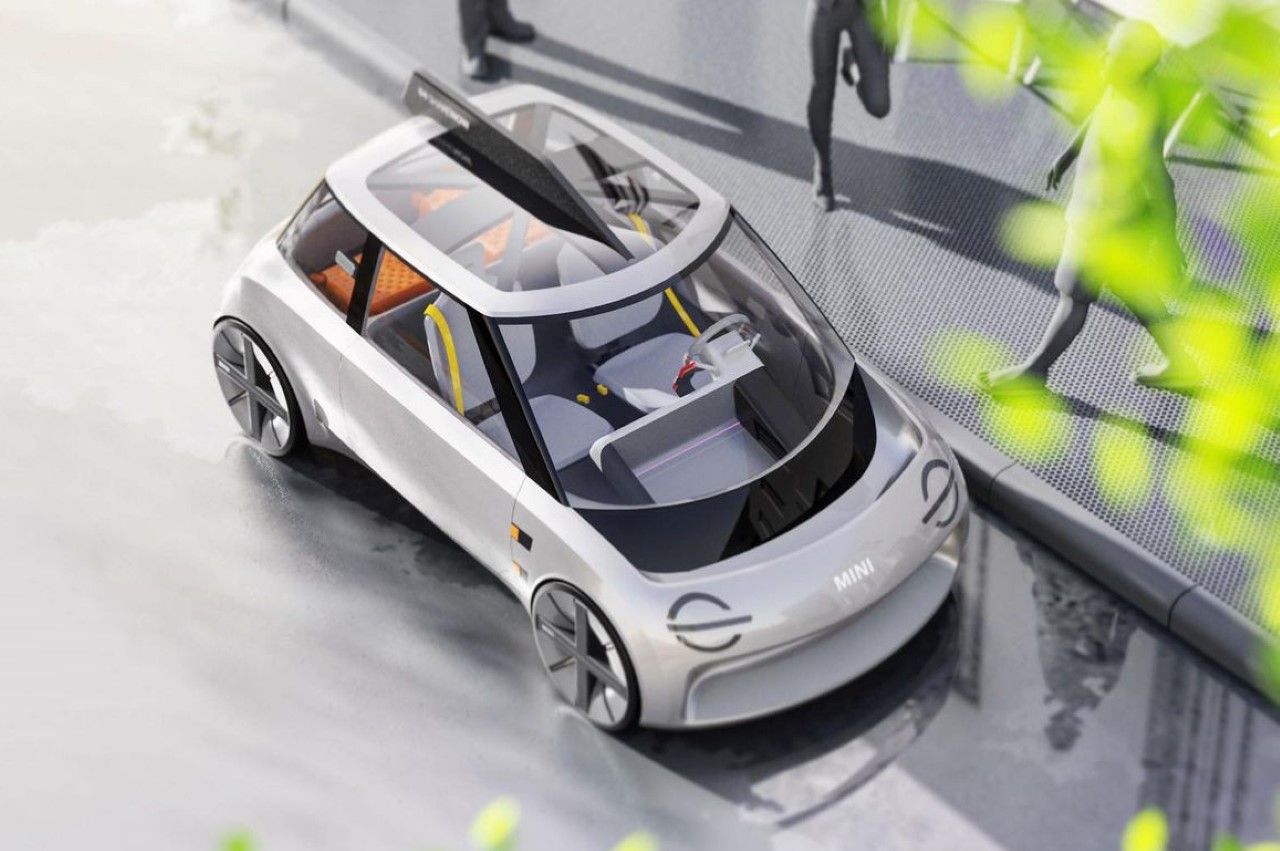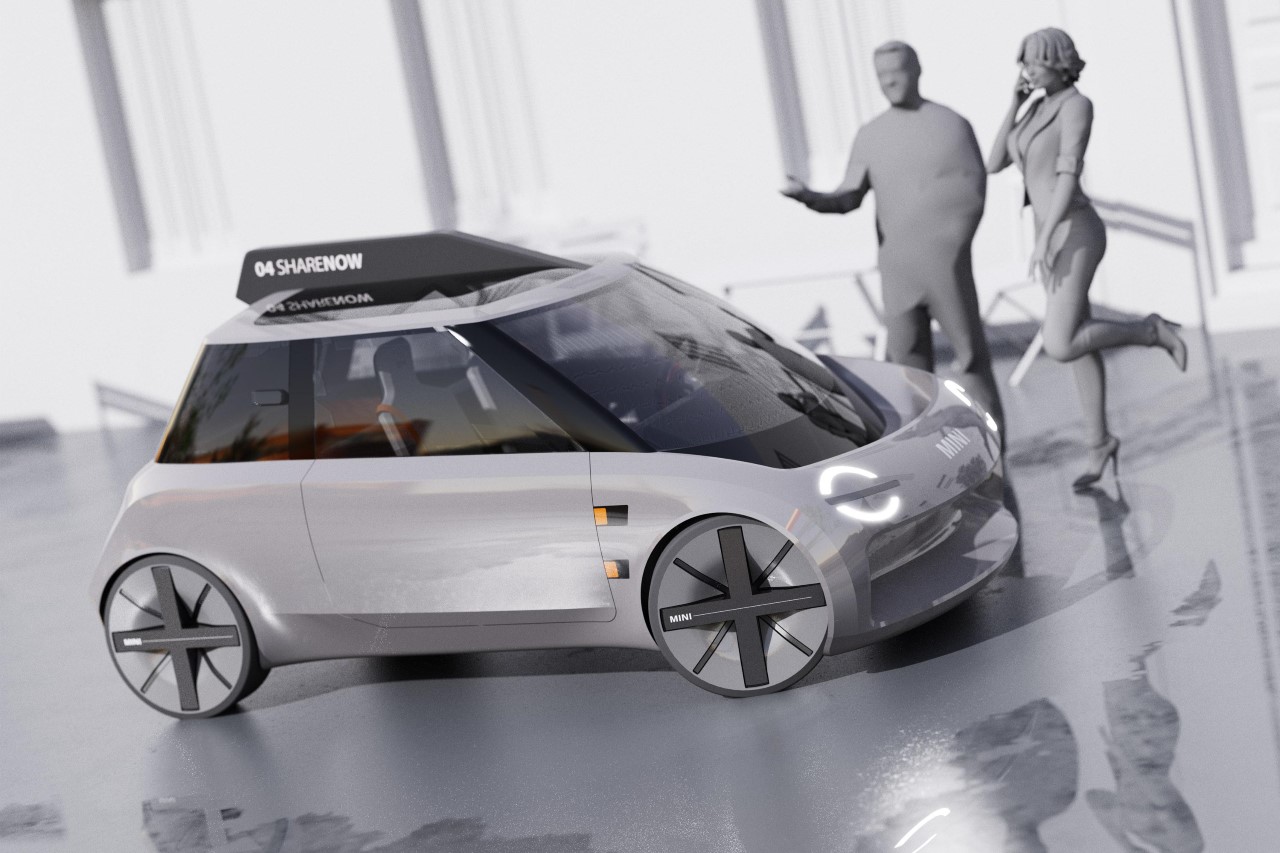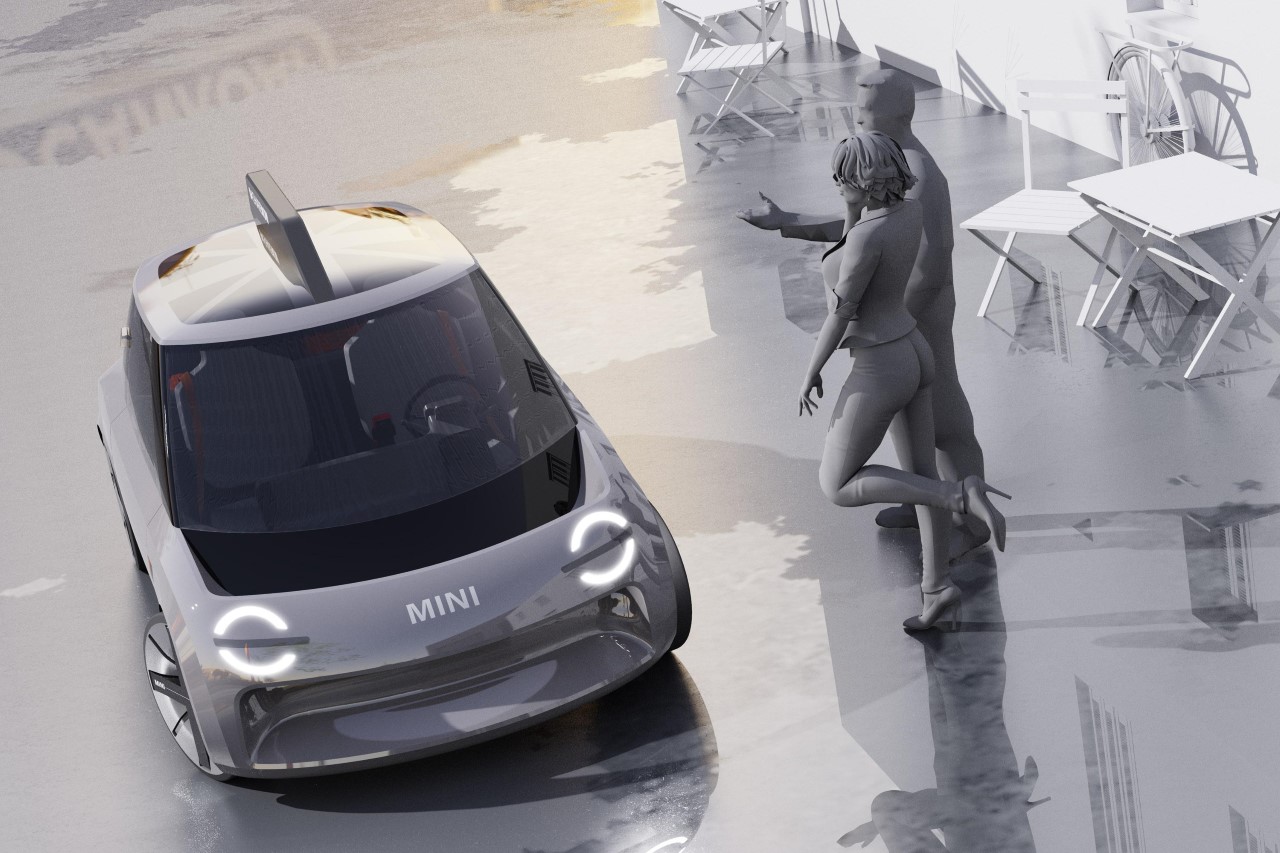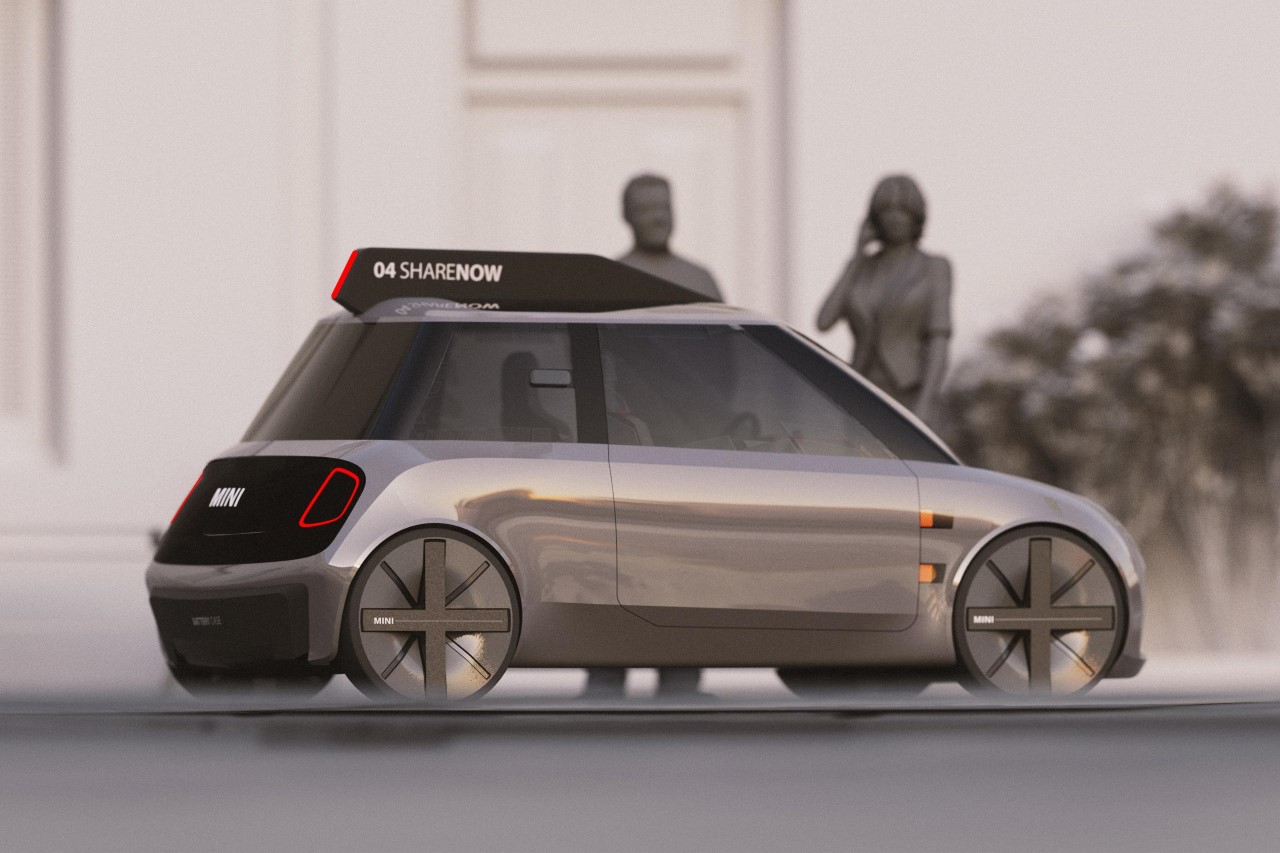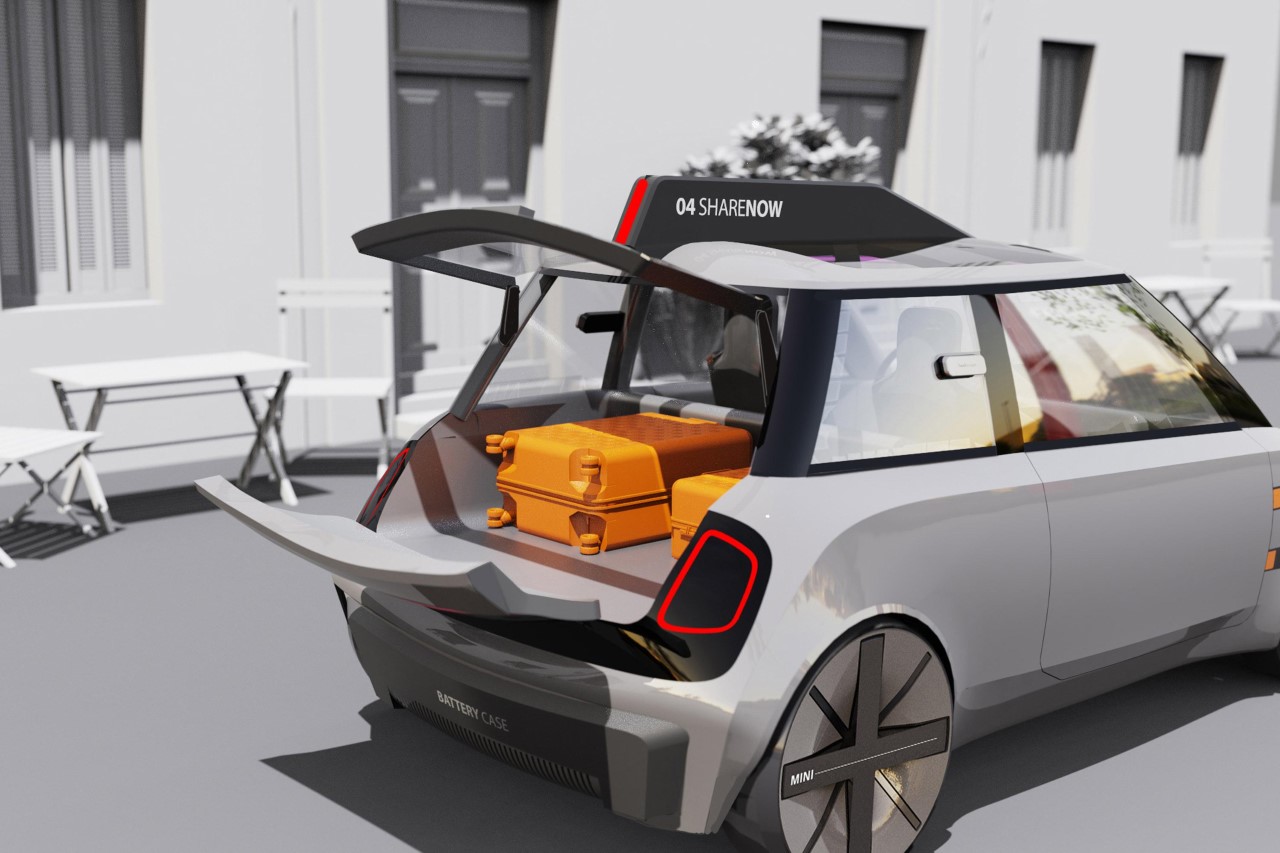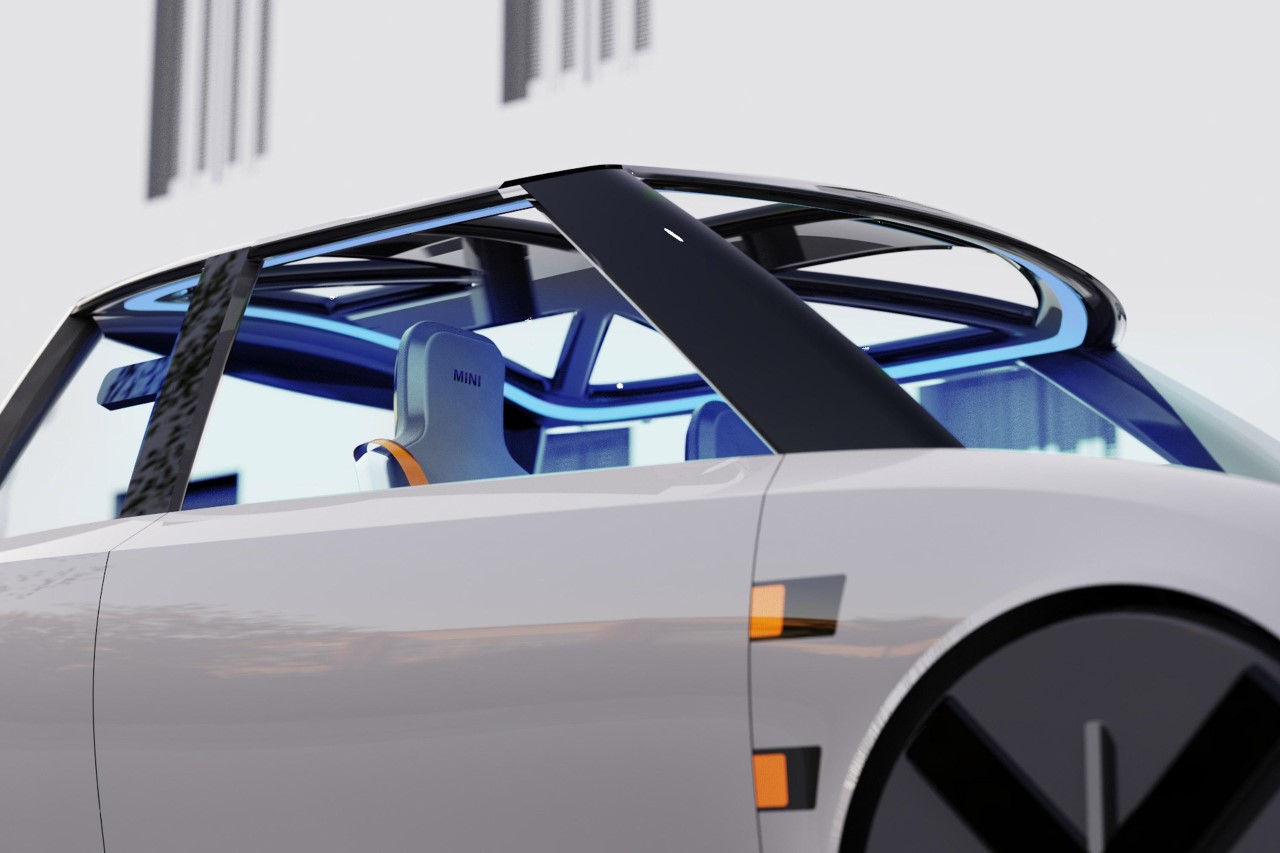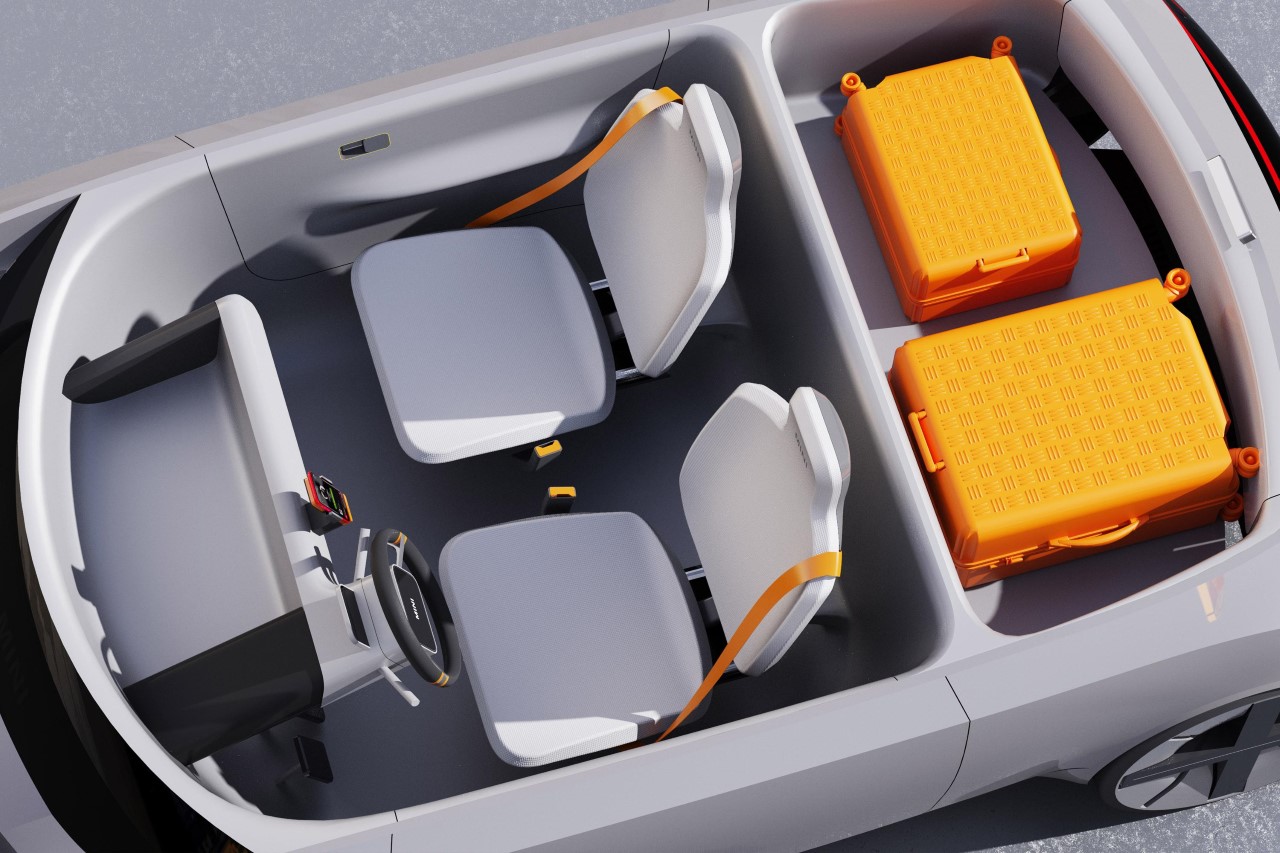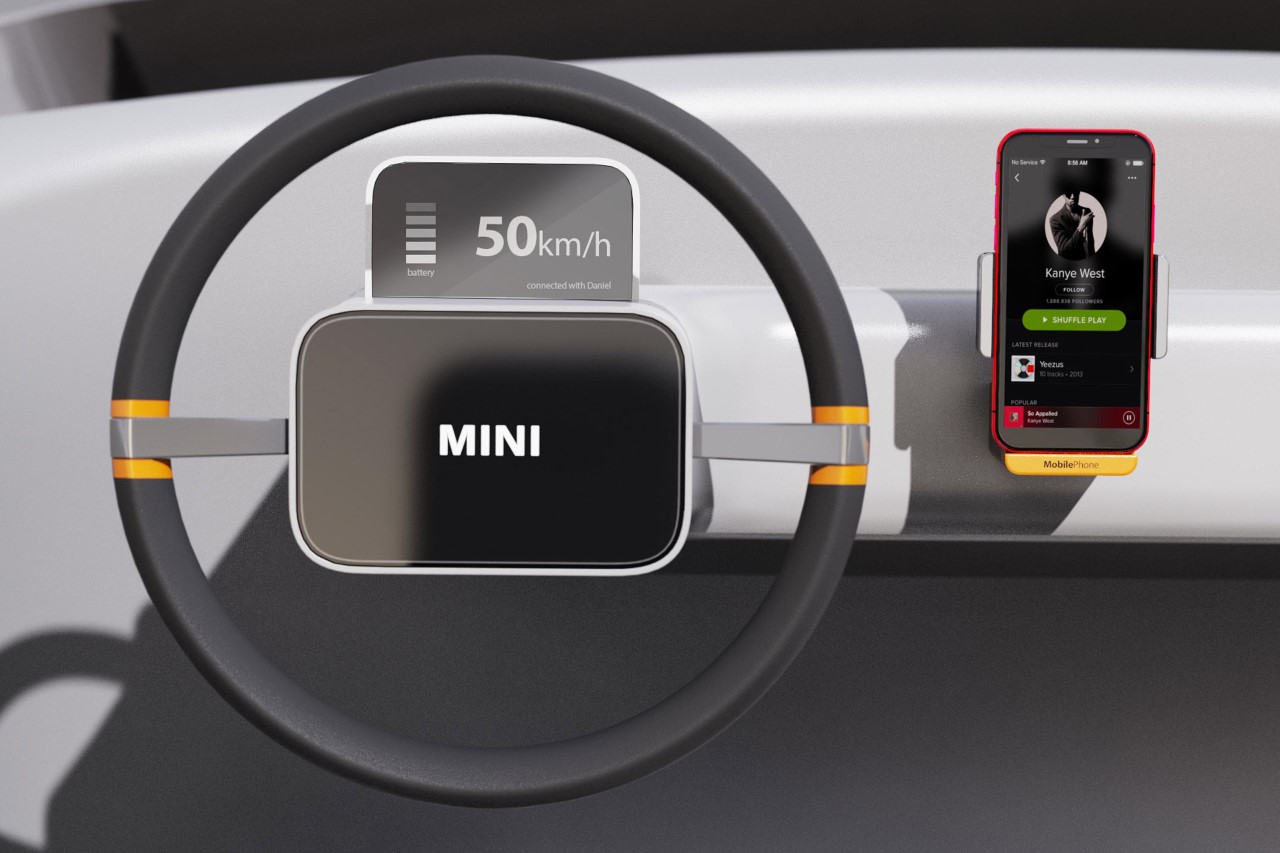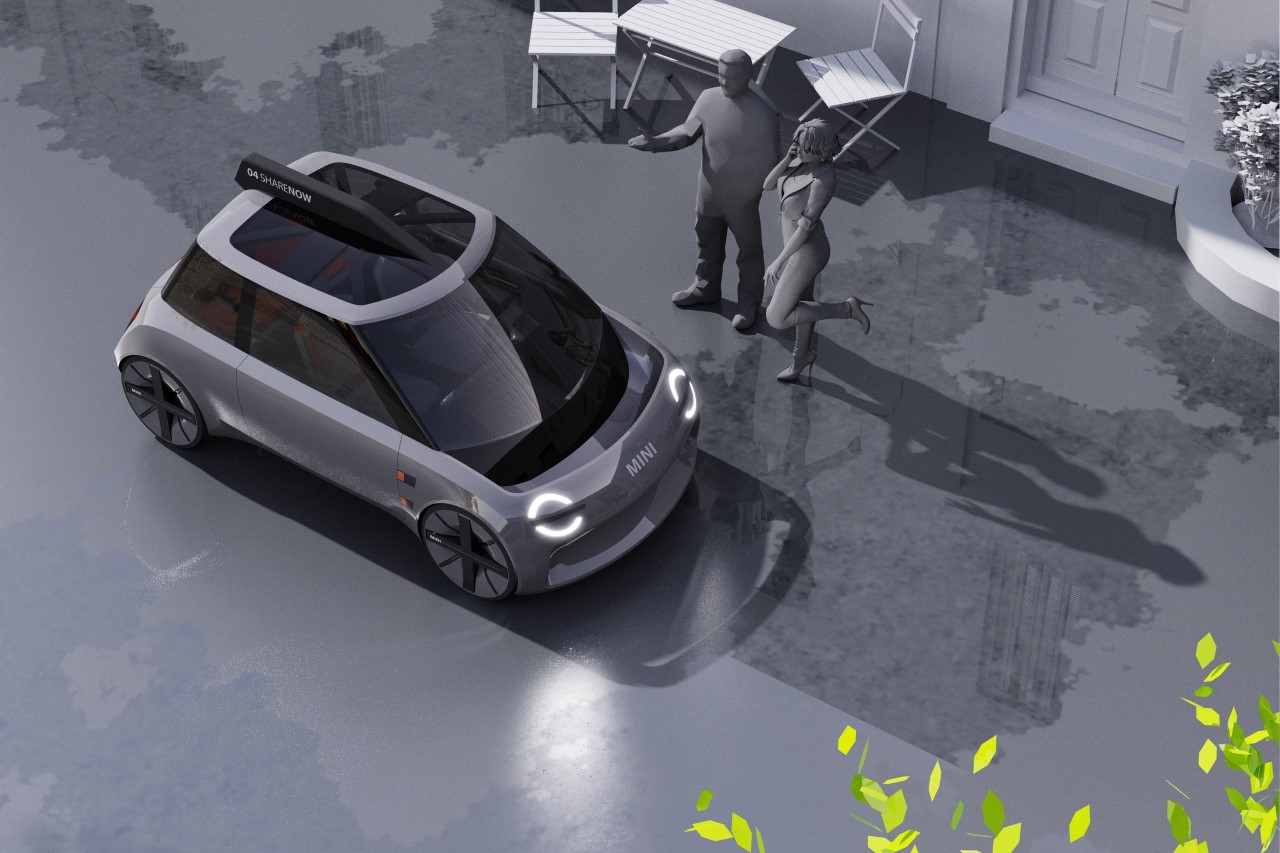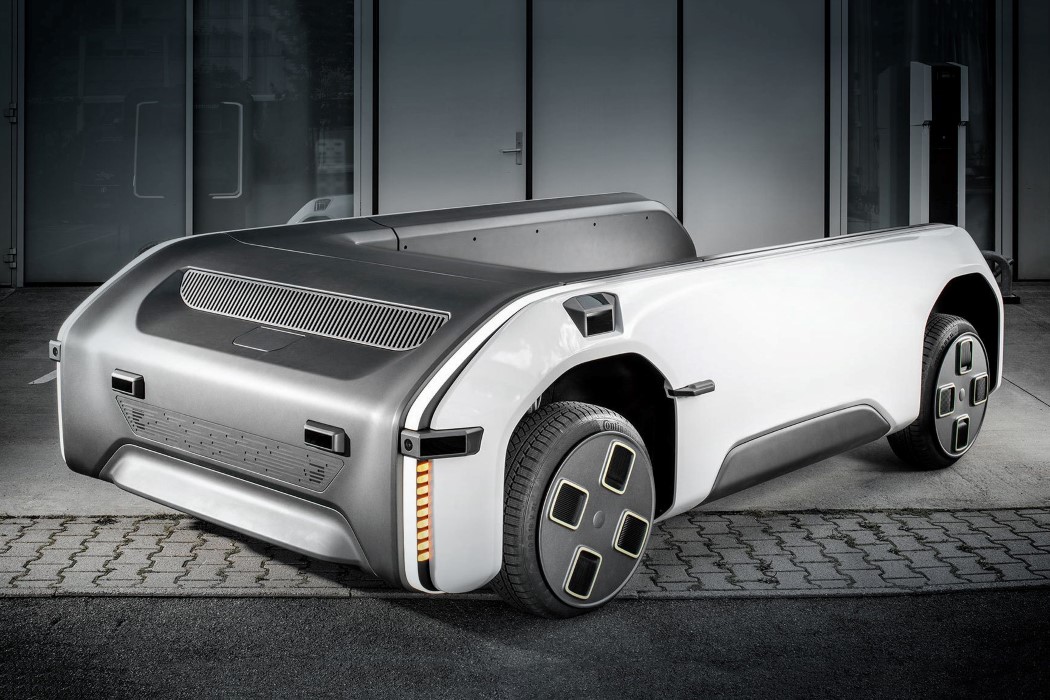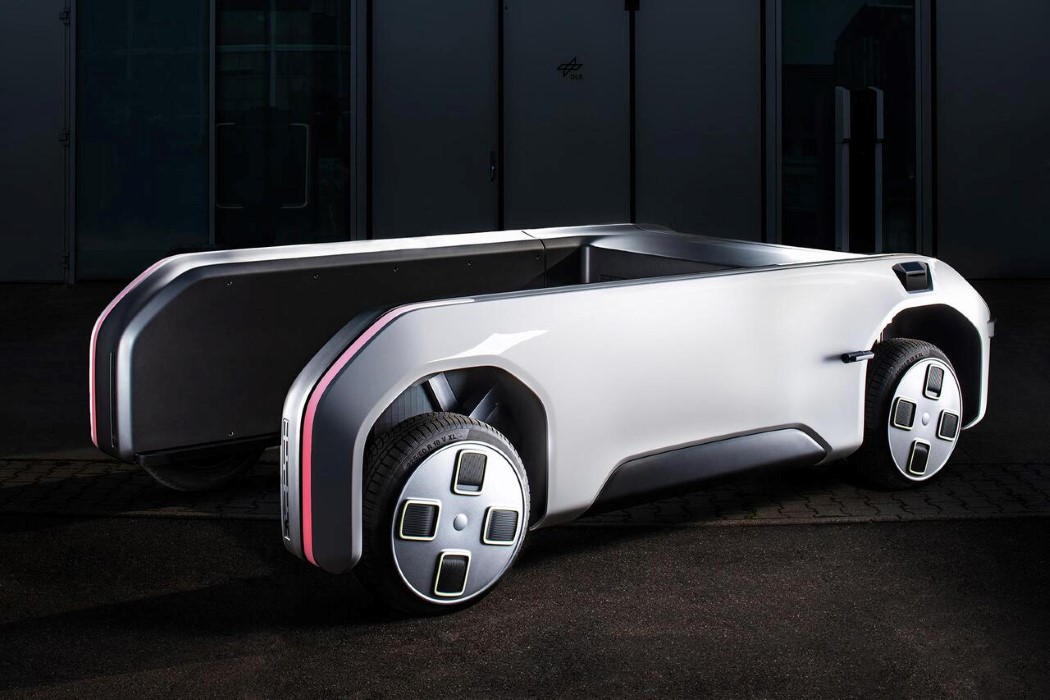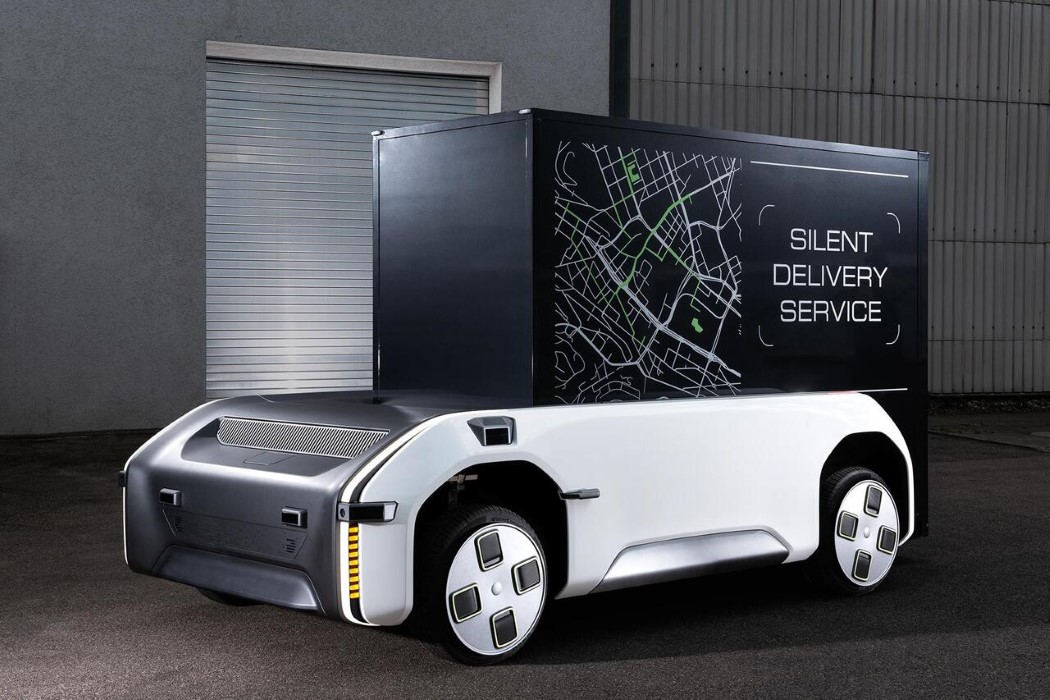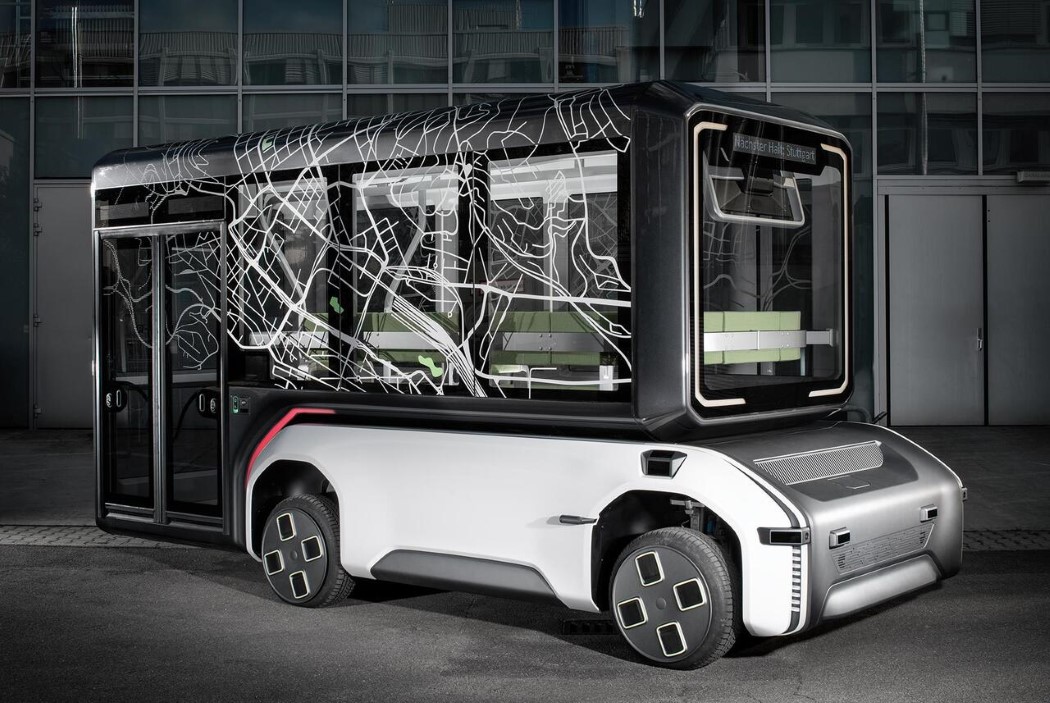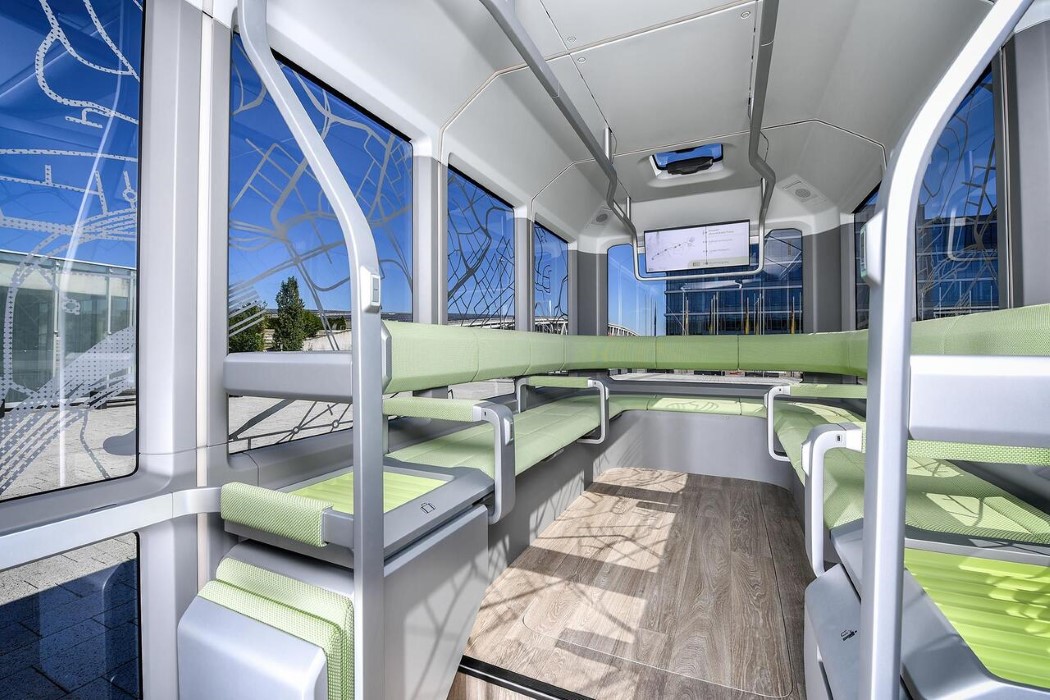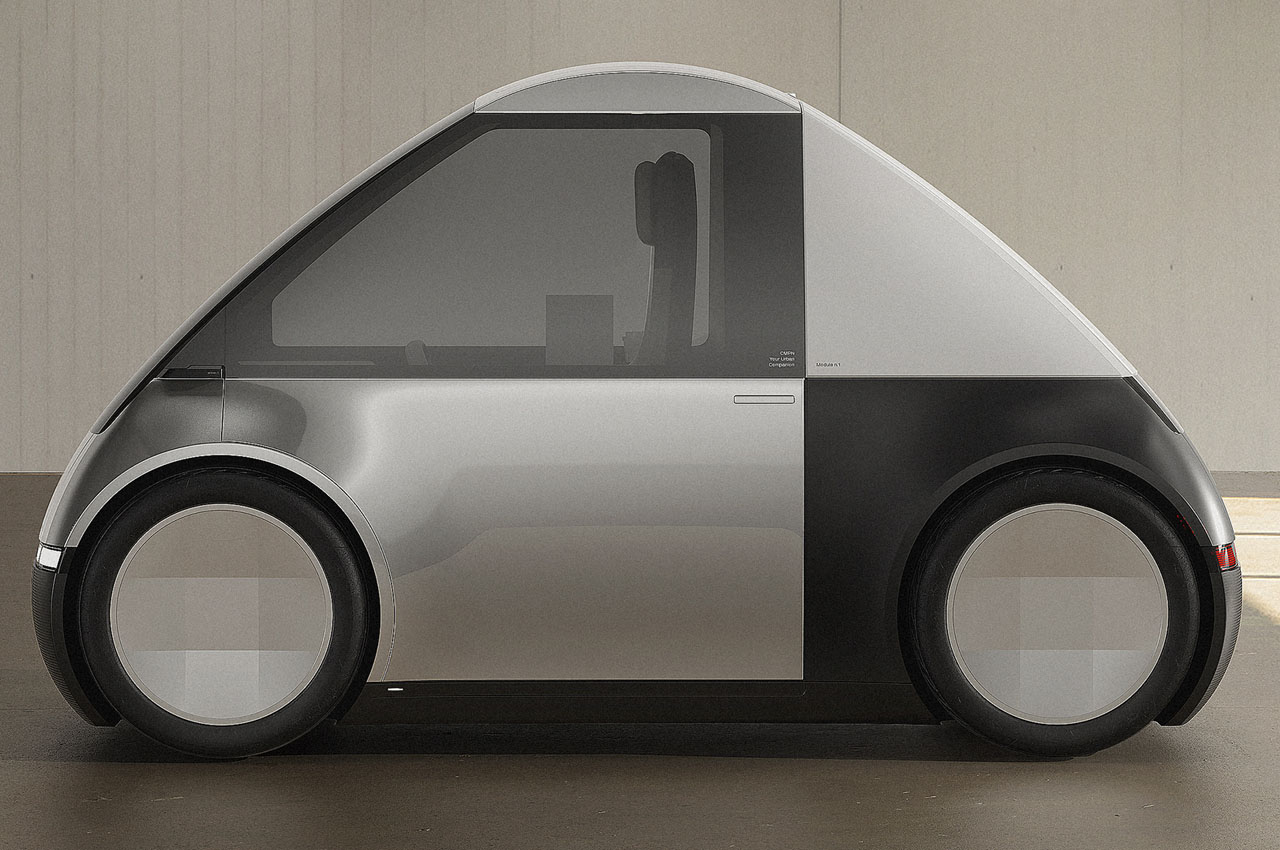
Over a lifetime our personality is molded depending on the lifestyle and the circumstances around us. But when we bring home a car, it stays virtually unchanged, barring some superficial modifications from the after-market accessories and tuning customizations. What if our four-wheeler could also have a dynamic persona that could morph in a jiffy depending on our needs? A vehicle that is ultra-modular at the core right at the time of purchase?
This is CMPN concept by Sungguk Park, who mustered up the compact single-person vehicle as a part of the BA Thesis project. For a debut project, the designer has done a phenomenal job of putting together a modular vehicle that’s compact, is ideal for solo city commuters and doesn’t stop you from exploring the outskirts for an adventure trip on the weekend. The electric car employs the modular structure on the exterior as well as interior to suit the user’s needs – much like your wardrobe where you have the option to go with the flow. The ability to replace and even recycle modules without much hassle is good for the longevity of use of the vehicle – thereby helping in staying abreast with the greater goal of a sustainable future.
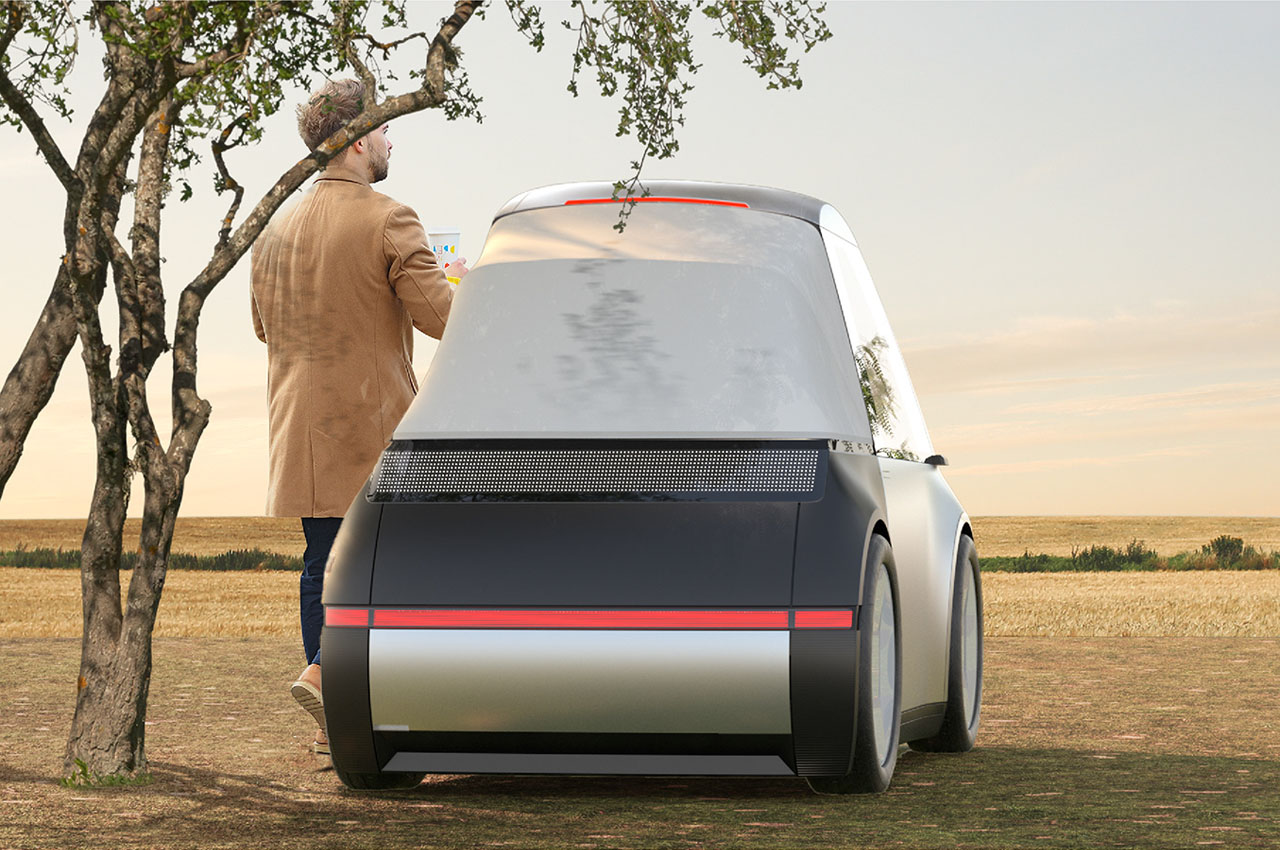
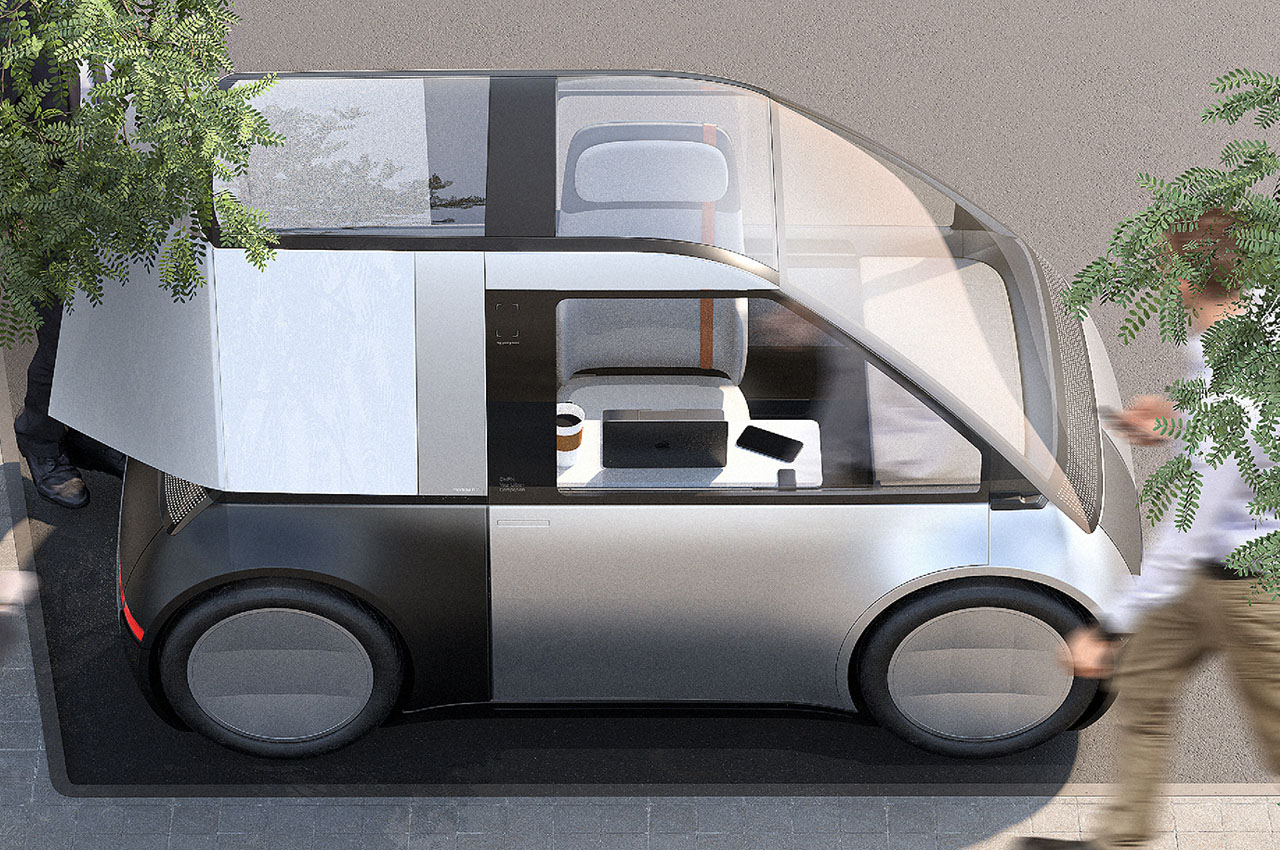
According to Sungguk, mobility could be a companion in the process of change in a person’s life. Hence, CMPN is designed keeping in mind users’ changing tastes. Each module is made up of recyclable materials and is more than enough for single people to use every inch of the space efficiently. On the inside, there are no distinct lines between the cargo space and interior space which increases the flexibility of use. When needed the seat can be pushed back to make more space for extra luggage or daily objects. There are charging ports, a modular bookshelf, coffee holder and door pockets to keep all the essentials.
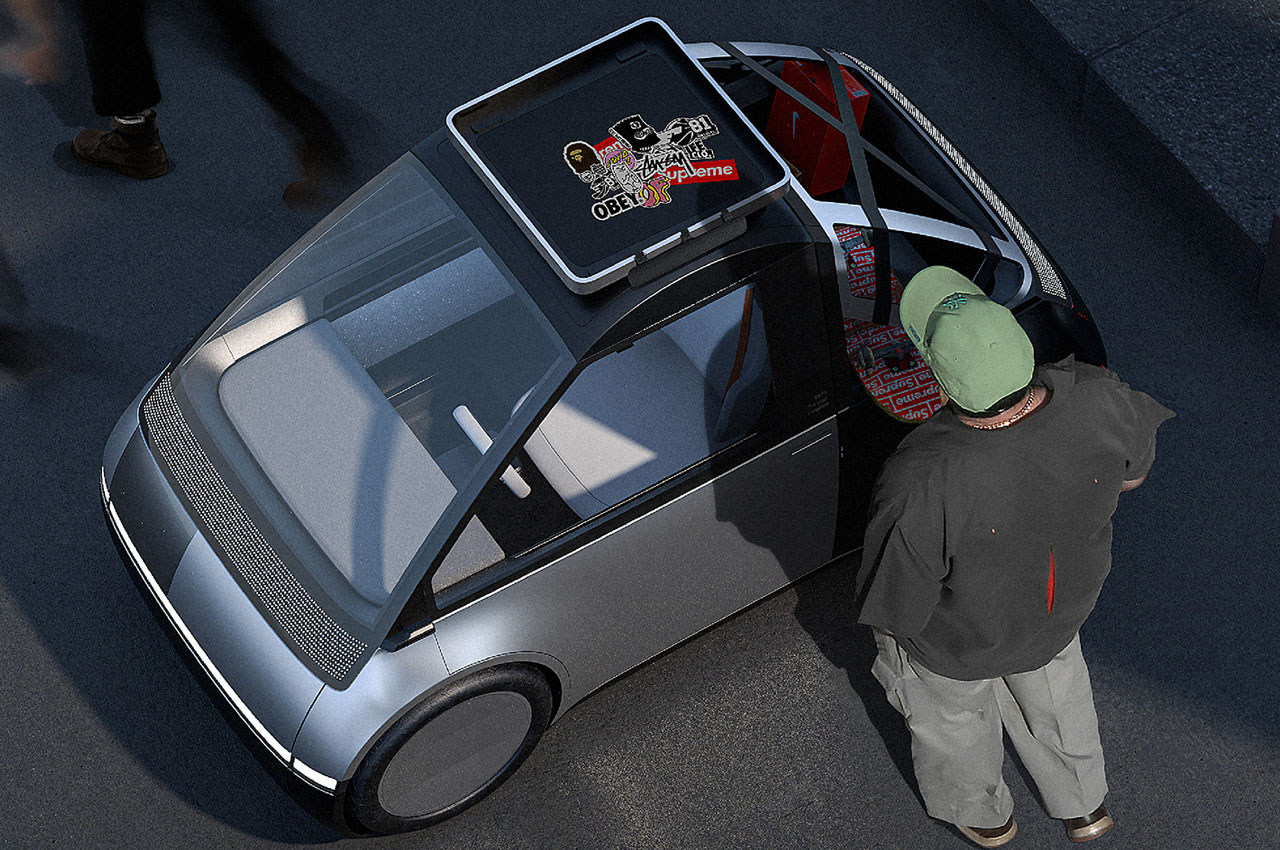
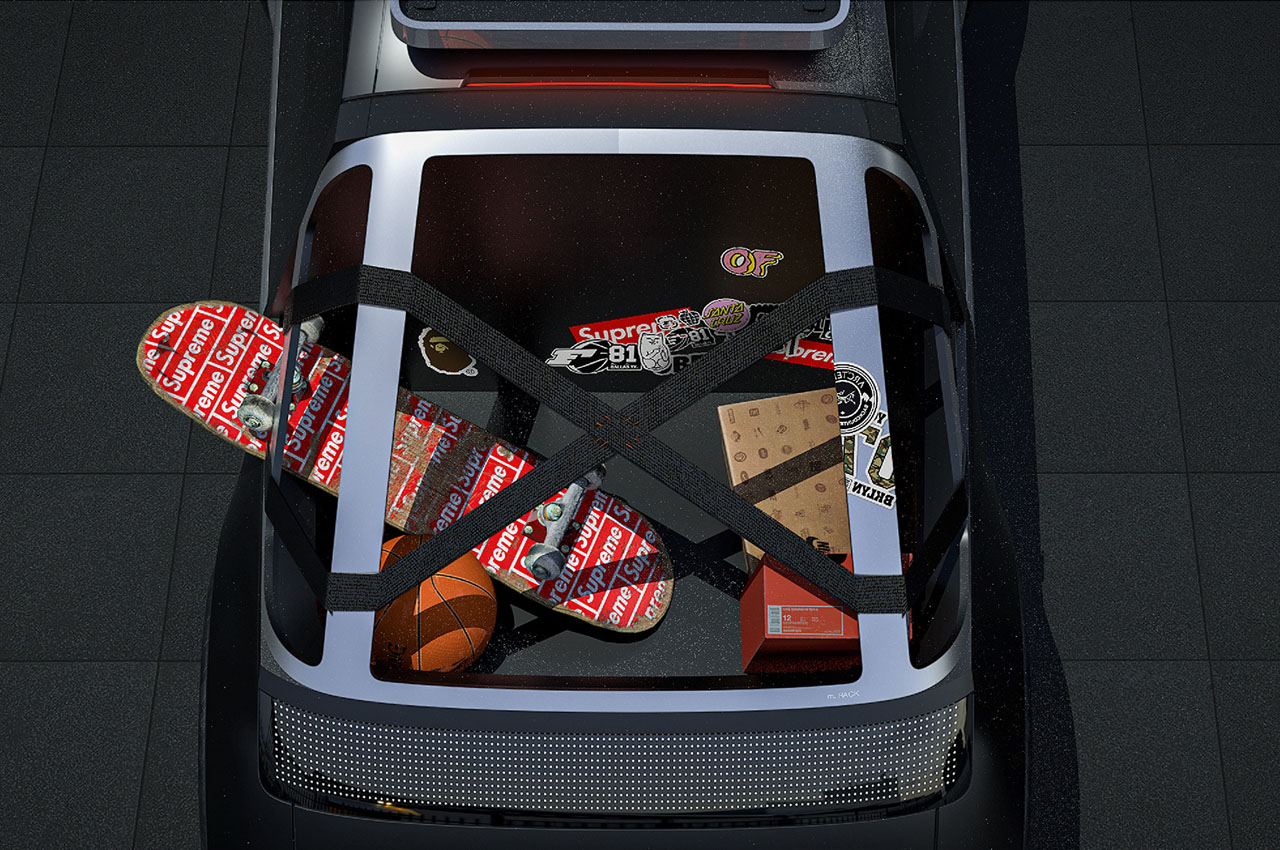
The EV can be controlled with mobile devices too and when in a parked position on the side of a beautiful beach, the steering wheel conceals in the dashboard which can then be used as a full-sized desk. Dashboard cabinets act as rails to install modules such as bookshelves or drawers. On the outside, the uniformity of design means more possibility of adding the desired modules to the front or back. For example, a skateboarder can configure the rear module to have MUV-like space for carrying skateboard, bags and other things. While a professional can have modules in place to make more use of the space on the interior while keeping the exterior minimal. Everything on the CMPN can be configured via the compatible app – something that the automotive future will cherish in a decade’s time!
Designer: Sungguk Park
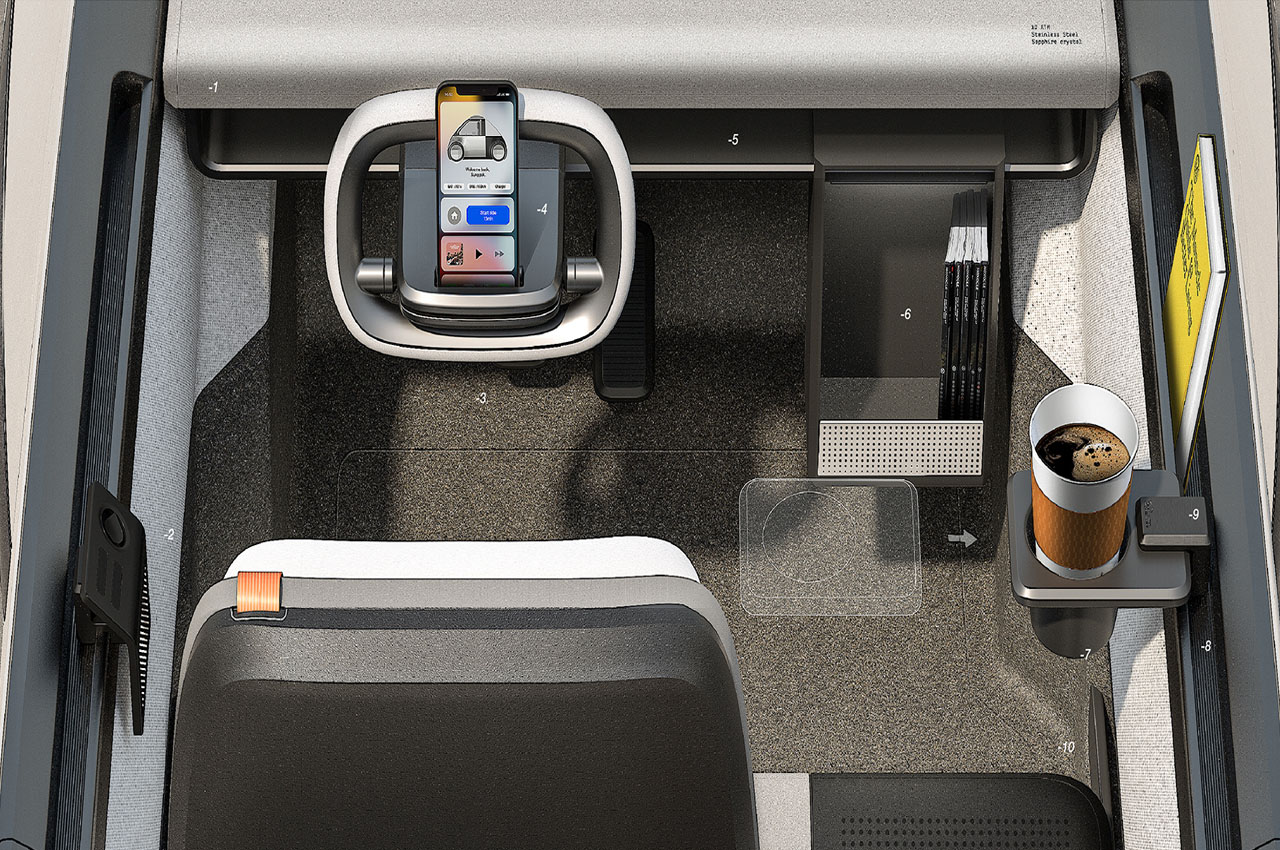
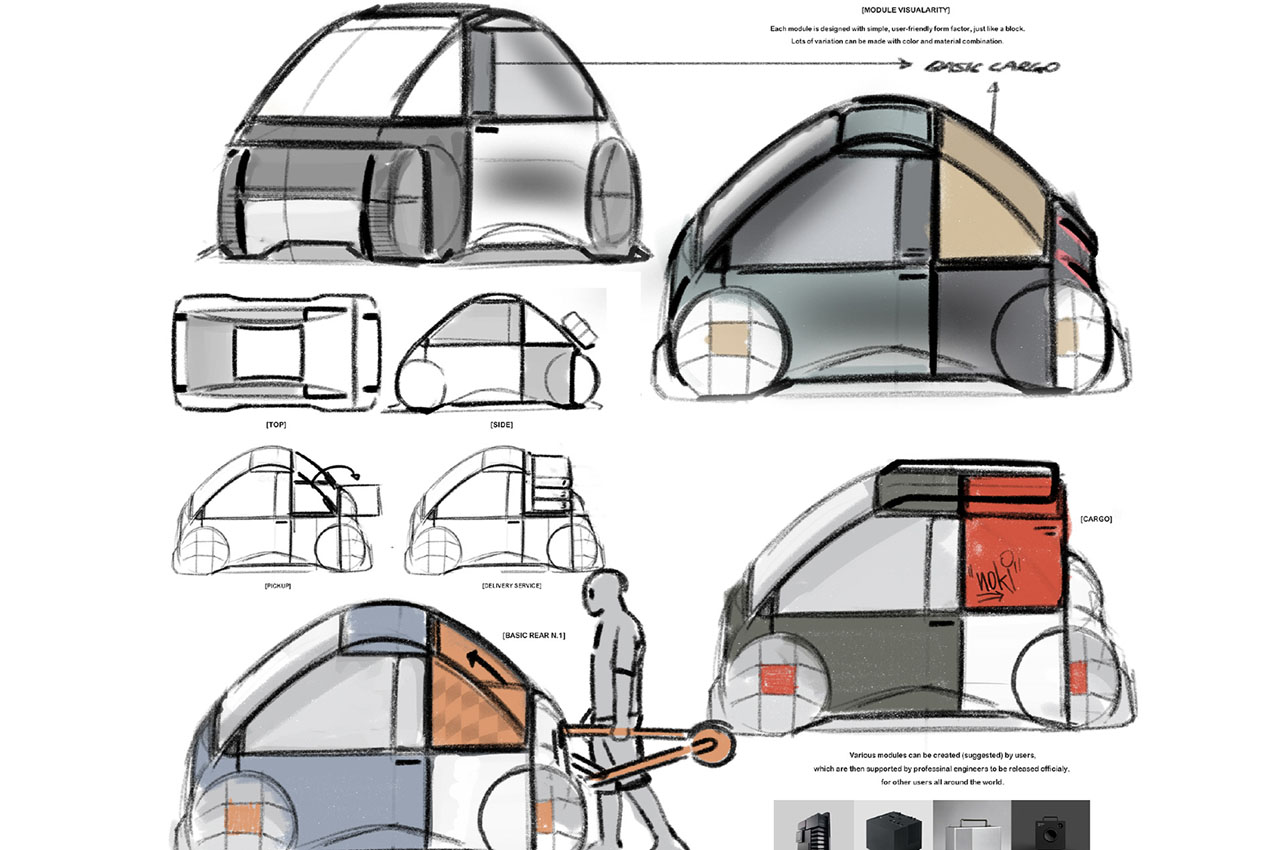
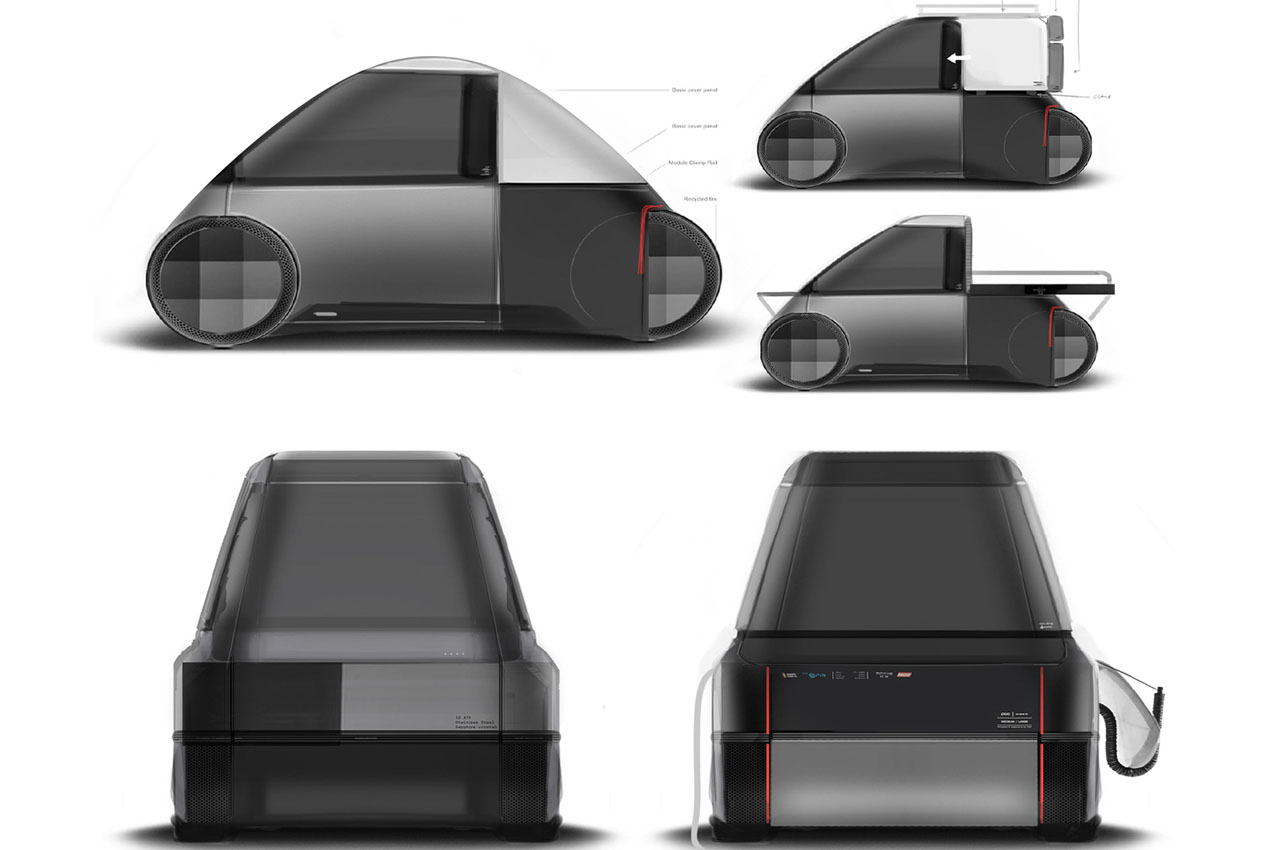
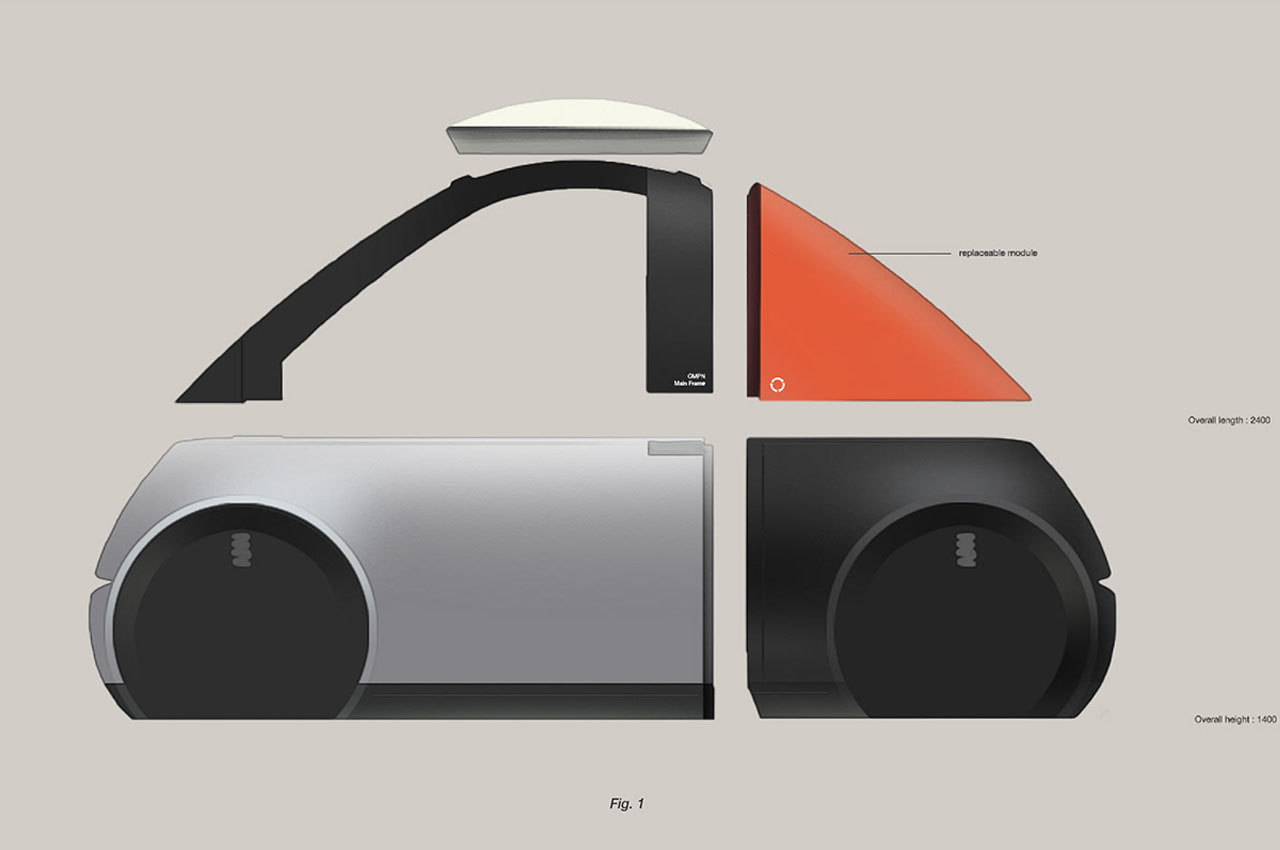

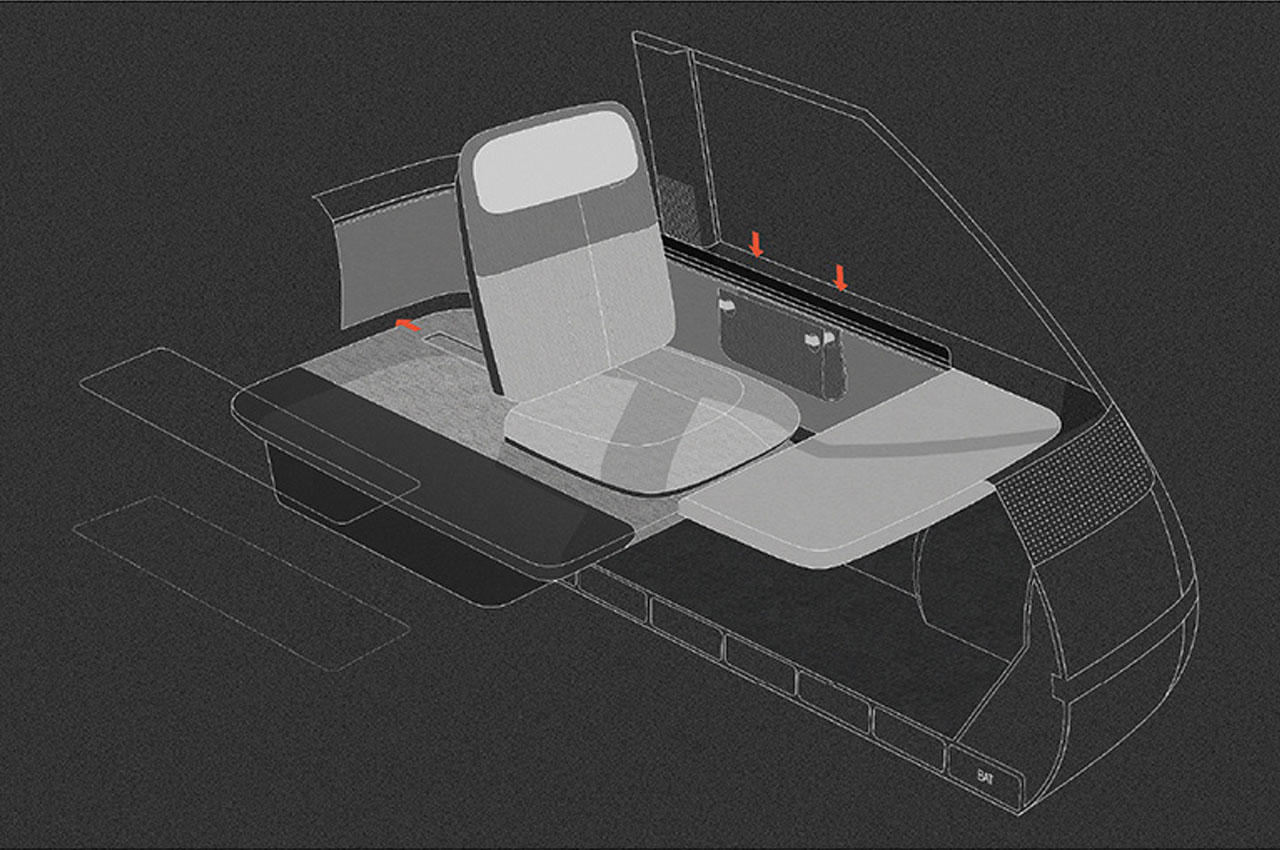
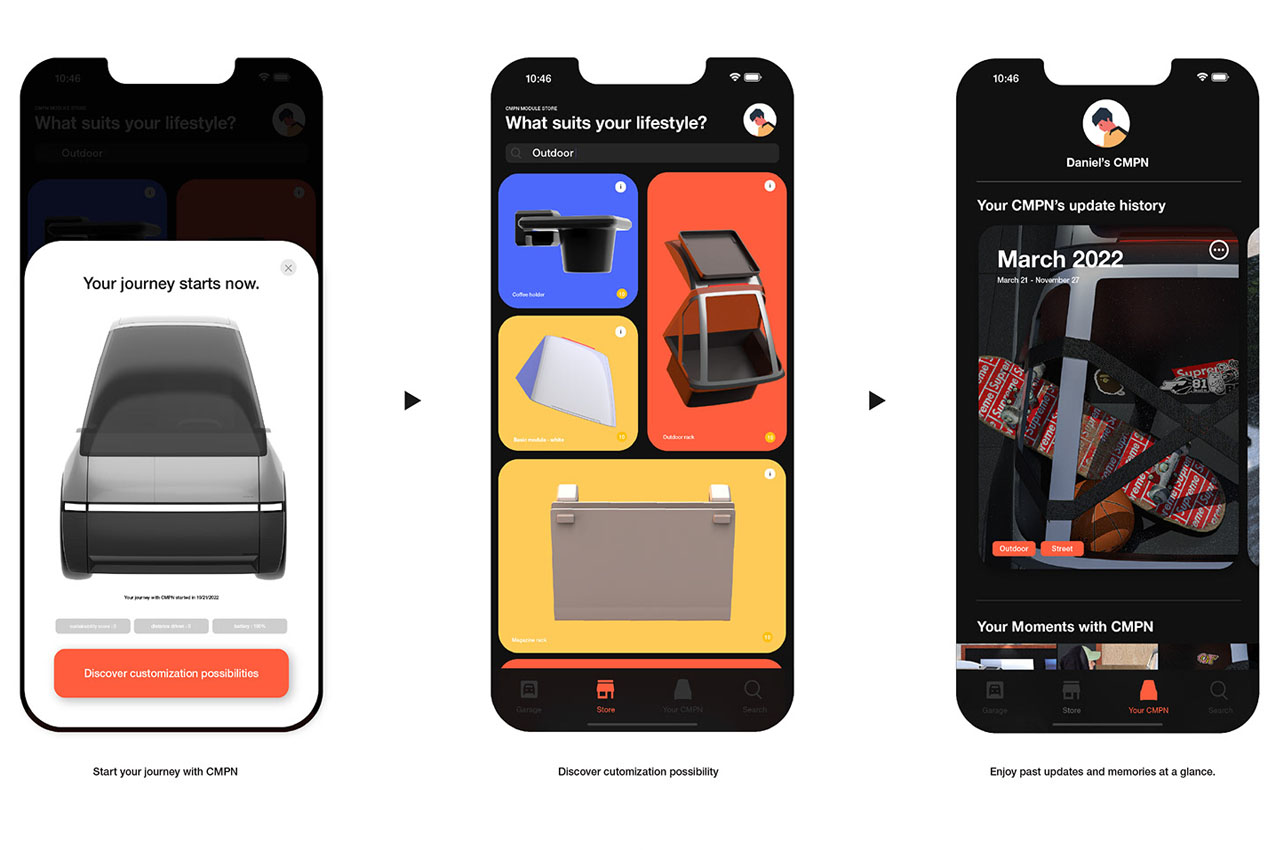
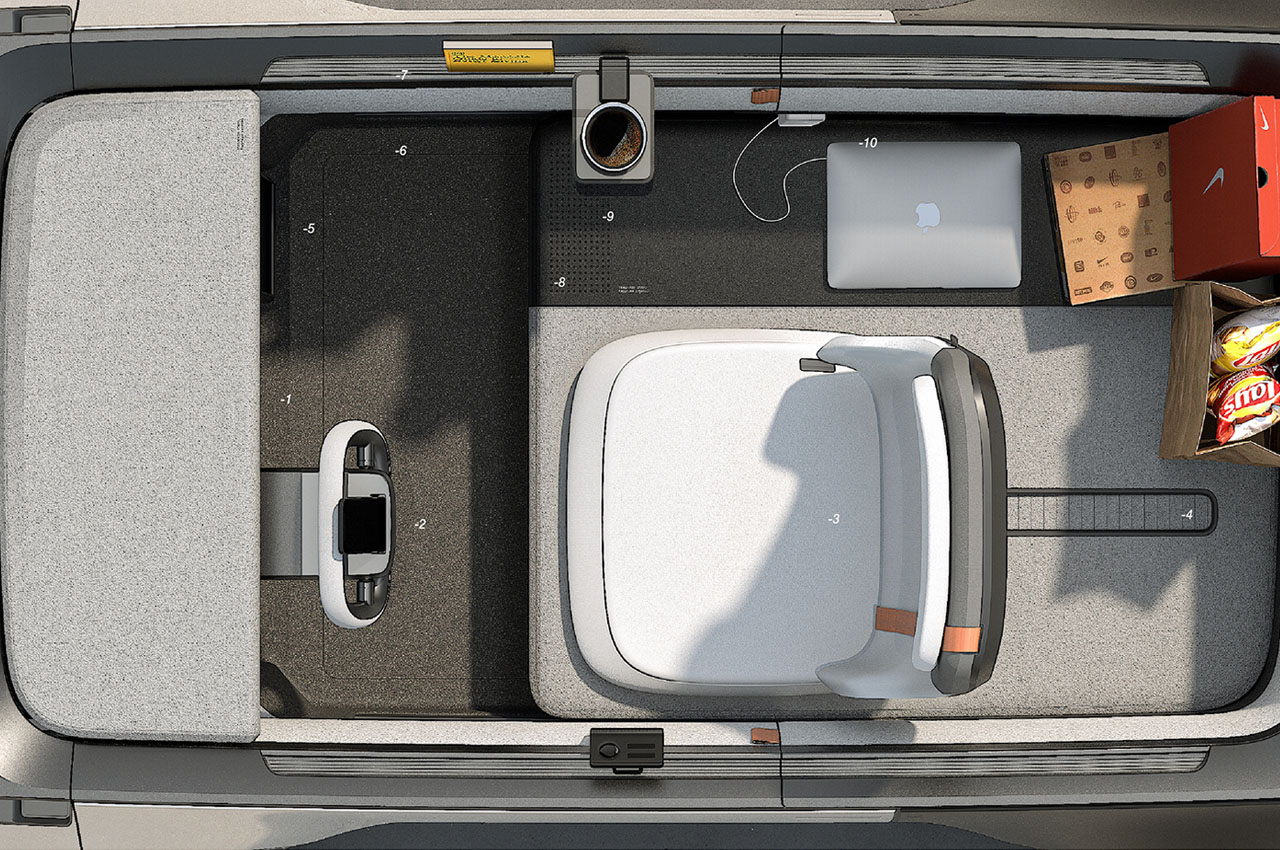
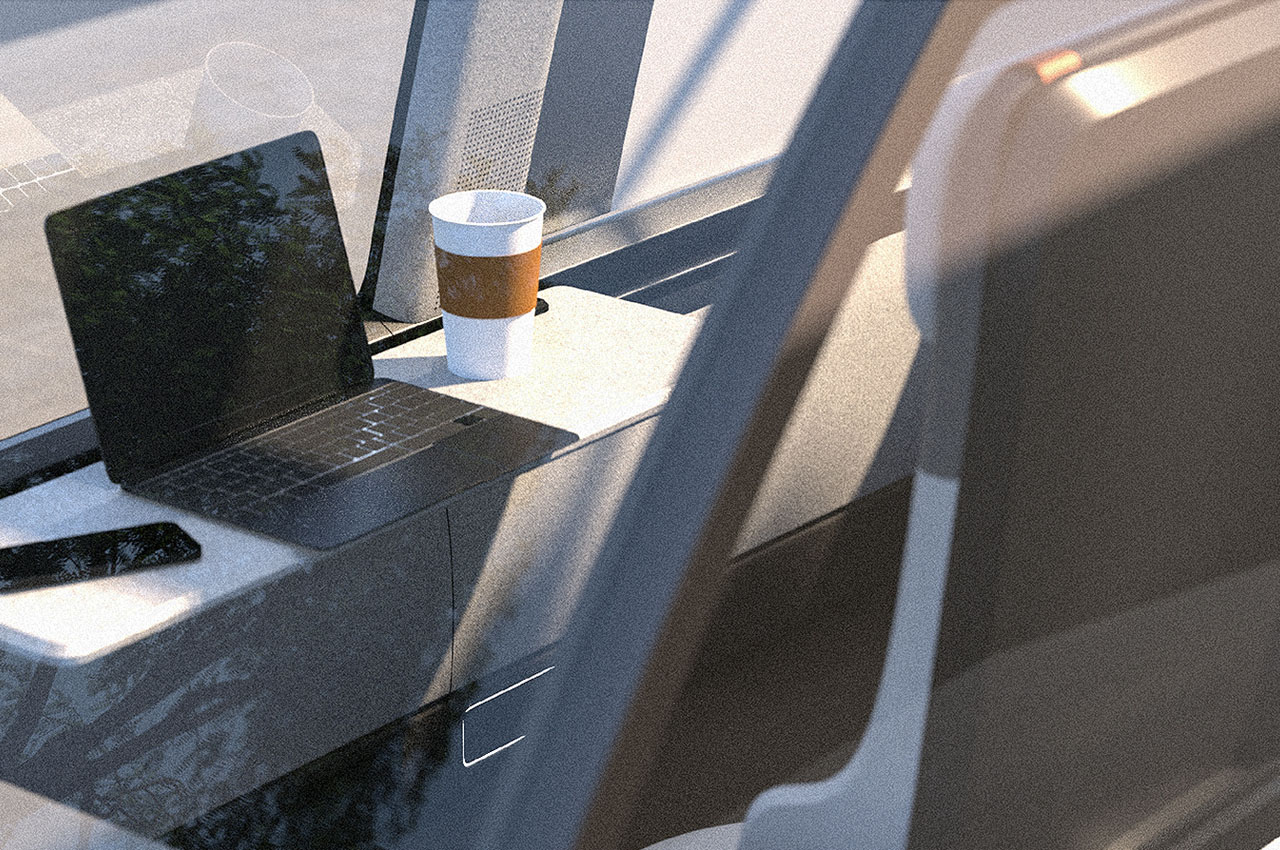
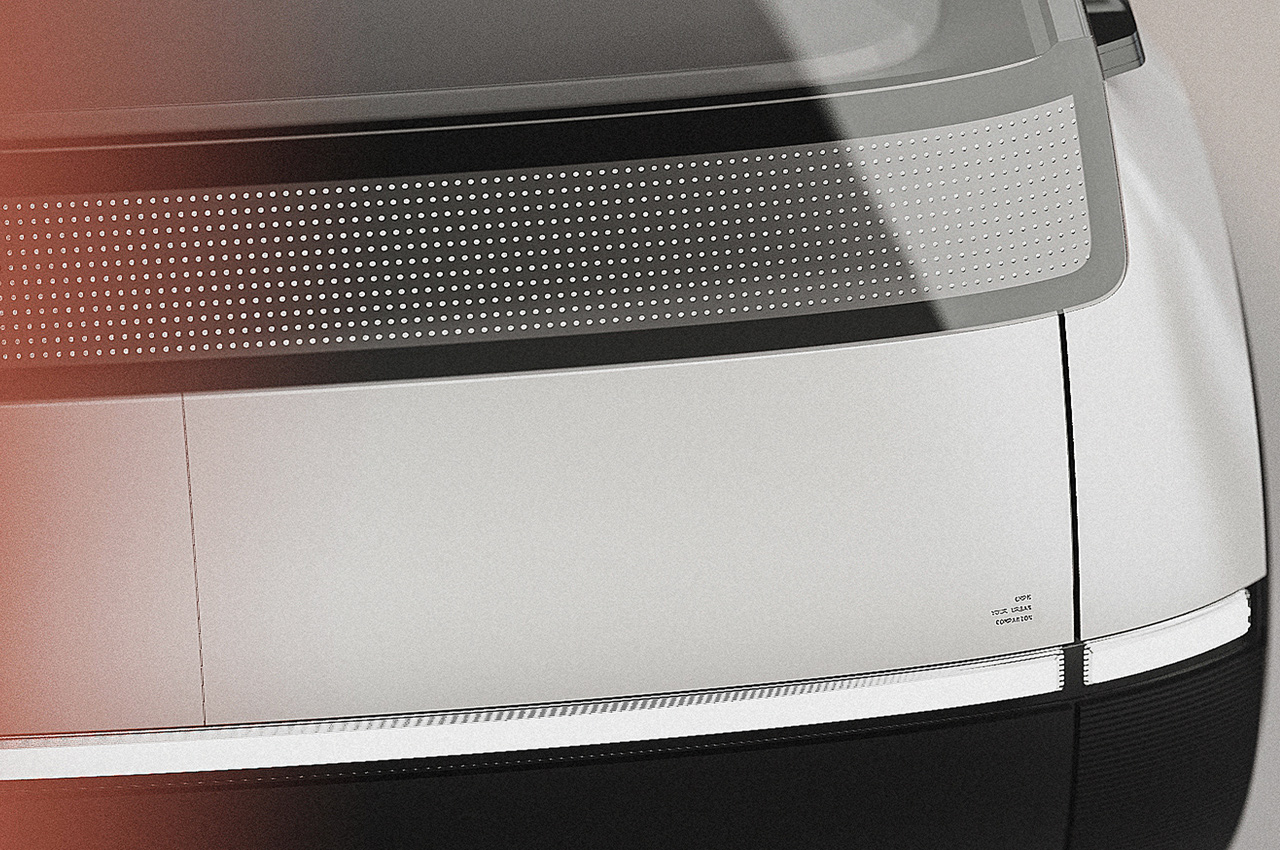
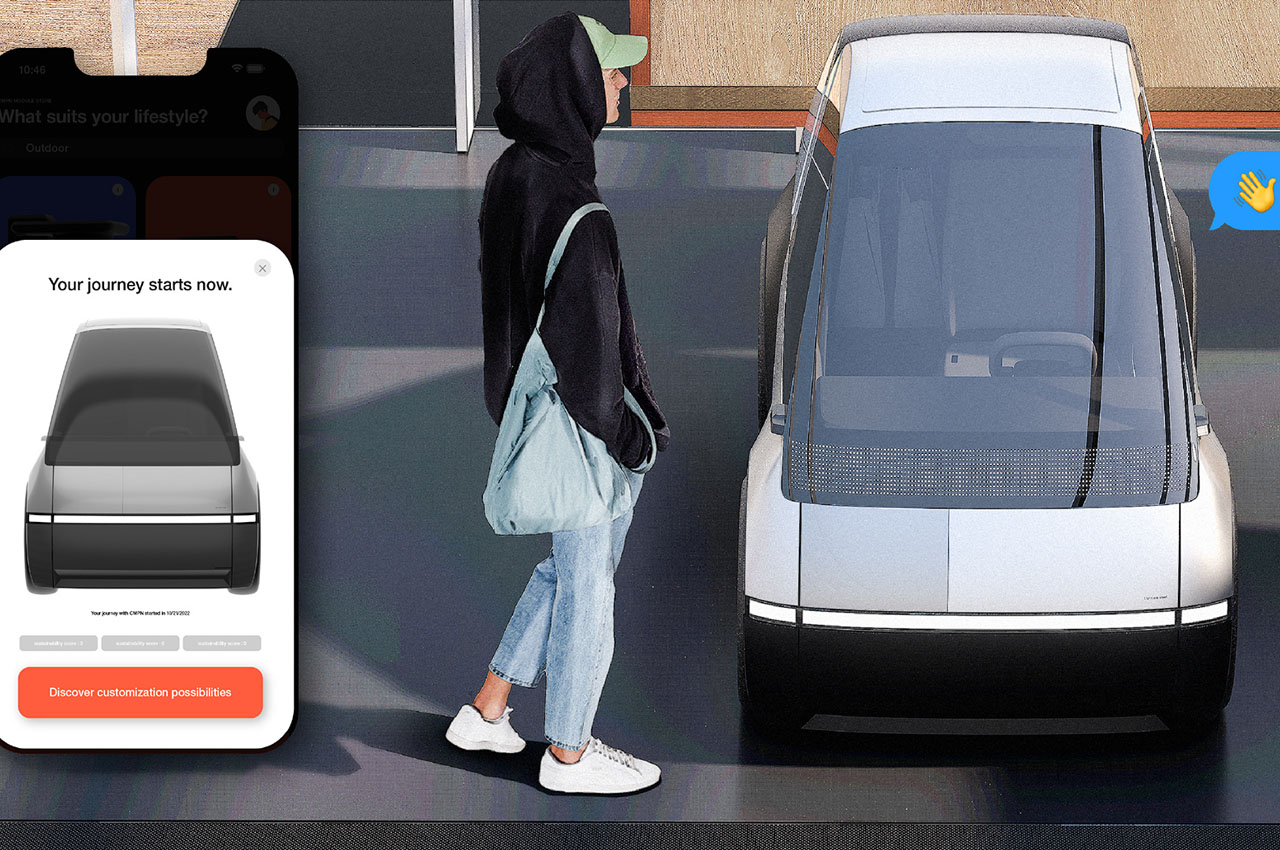
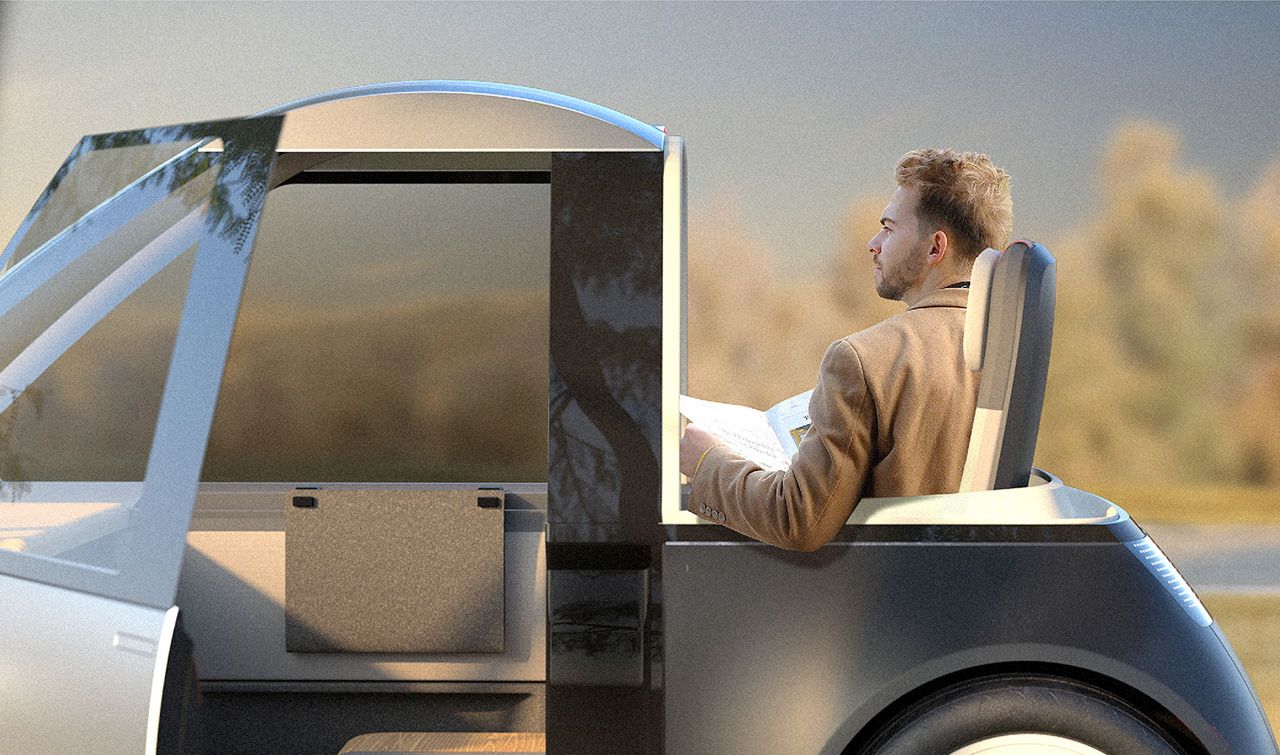
The post This modular single-person car adapts to changing lifestyle, giving increased value to your vehicle first appeared on Yanko Design.
